Alexander Young (A. Y.) Jackson of the Group of Seven is often referred to as the Grandfather of Killarney Provincial Park, an unofficial title granted to him in deference to his preservation efforts of the land nestled into the north coast of Georgian Bay in Canada. Jackson, along with the other members of the Group, created some of the most iconic images of Canada’s parks, images that became synonymous with the nation’s landscape. The conflation of the Group of Seven’s work with Canadian nationalism is inextricable, a colonial pride in the semiotics of an empty landscape. Much discussion has evolved from this issue, and while there is beneficial and sometimes contentious dialogue surrounding the implications of using the Group’s work as the mainstay representation of Canada, the work itself carries merit from an environmentalist’s lens that is far-reaching and valuable.
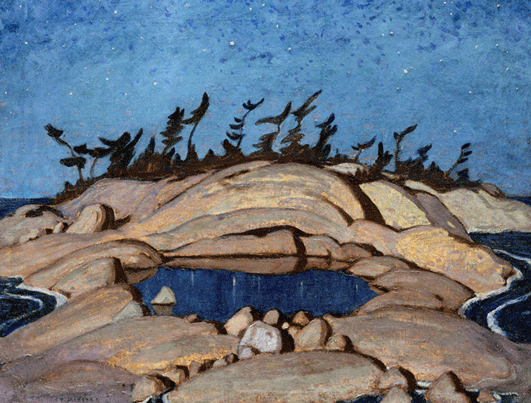
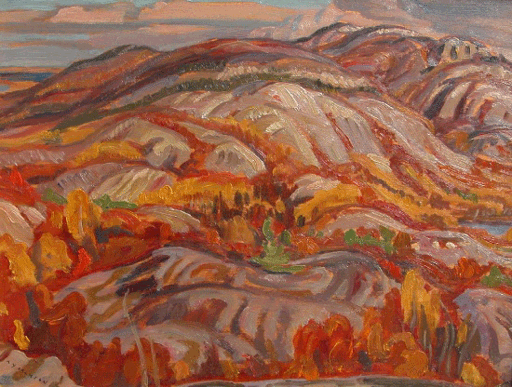
A well-documented mountain enthusiast and lover of painting outdoors, often in the rain, A. Y. Jackson would hike during the early years of the Group of Seven’s formation into La Cloche mountains of Killarney to sketch and paint the landscape. This area, originally known as Shebahonaning (Ojibwe for “safe canoe passage”) was renamed for Killarney National Park in County Kerry, Ireland, of which the early European settlers were reminded. Jackson, along with fellow group member Franklin Carmichael, was besotted with the landscape, and spent much time sketching and garnering inspiration from the quartzite hills, clear lakes, and dense forests.
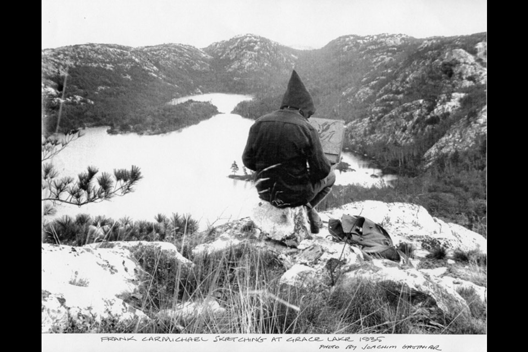
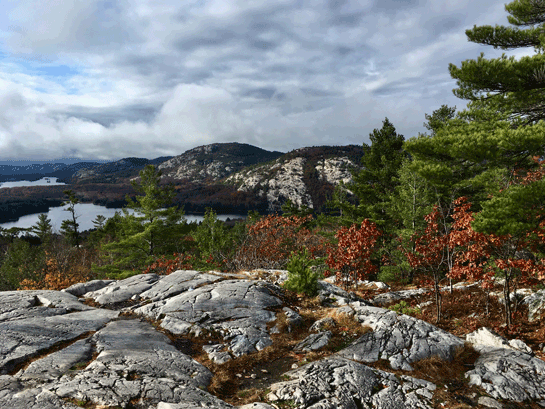
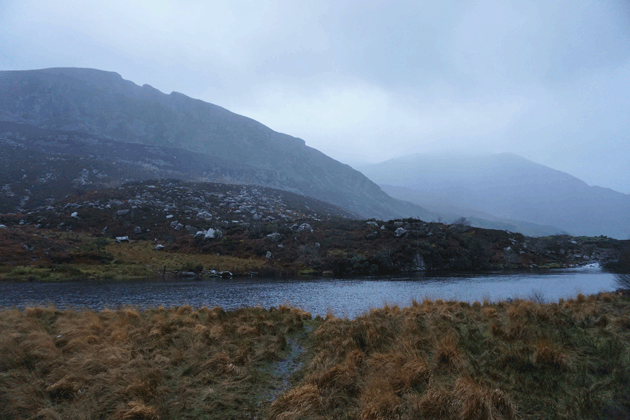
When Jackson heard news in 1932 that a Spanish logging company was lobbying to deforest the area surrounding Trout Lake (now named O.S.A. Lake for the Ontario Society of Artists who took the lake into trust), he wrote a letter to the Ontario government imploring that they intervene and protect the land. The lake was granted protection in 1933, and following Jackson’s example, other members of the Group of Seven petitioned for government protection of the land. In 1964, the boundary was expanded and officially named a provincial park.
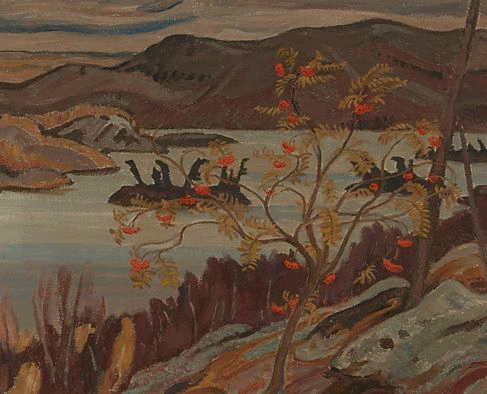
This action was not unprecedented. Algonquin Park in 1893 became the first provincial park, in Canada in order to protect the abundant ecosystem from logging companies. In 1890 John Muir, known as the Father of the National Parks in America, successfully influenced the US Congress to pass a bill of protection for Yosemite as a national park after the first national park in North America, Yellowstone, was established in 1872. With roughly a decade of lobbying by geologist Ferdinand V. Hayden, the government was convinced to protect Yellowstone from private auction when Hayden presented scientific surveys and a collection of art works depicting the Yellowstone area by wildlife photographer William Henry Jackson and landscape painter Thomas Moran.
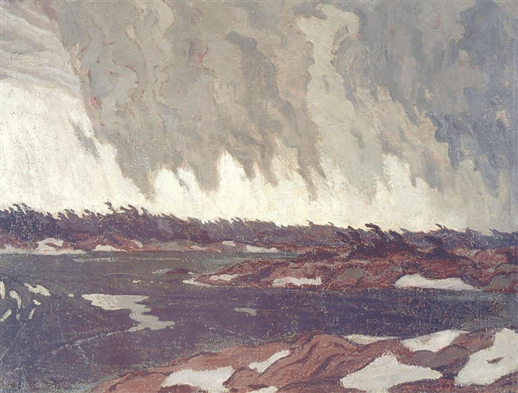
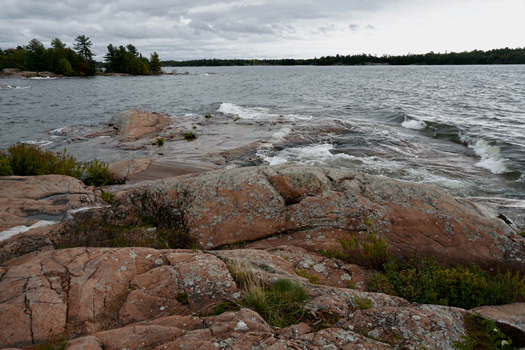
Today, the appreciation of art can still be seen to directly influence park visitors and ambassadors. Friends of Killarney is a non-profit arts centre that hosts naturalist and arts events and programs, and the McMichael gallery in Kleinburg, Ontario, offers several art and nature programs and workshops inspired by the Group of Seven. Sue and Jim Waddington, retired and living in Ontario, have photographed and catalogued 160 locations over thirty years that they believe to be sites of the Group of Seven’s inspiration. Most notably, they photographed the Nellie Lake escarpment from which the view is unquestionably the source of Jackson’s painting named for the lake itself. Other locations like Grace Lake and the rocky shores where Bent Pine, 1921 were painted are especially recognizable to Jackson enthusiasts, particularly if visited on a cloudy autumn day. Jackson voiced considerable favor for this season, and expressed a dislike for painting in the summer as he thought it would render his paintings too pretty.
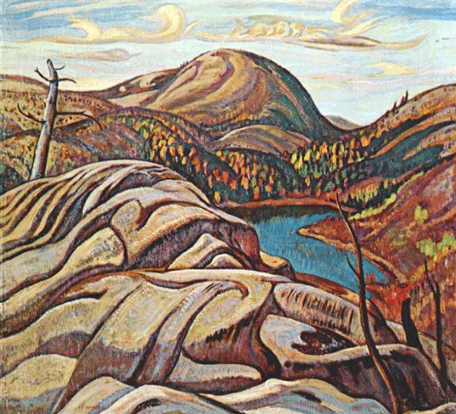
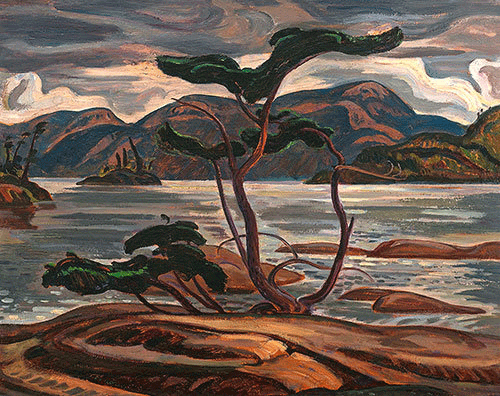
The nebulous role of art in conjunction with the quantifiable work of environmental scientists contributes greatly to the scope and development of environmentalism. In the tradition of field study, flora and fauna have long been documented by sketching specimens rather than collecting them from the remote wilderness, and in the practice of en plein air painting, popularized in the late 19th-century, artists documented the transitory aspects of light and weather on their environment within short time frames for the purpose of preserving the ephemeral. This type of documentation exemplifies environmentalism by preserving what the artist sees in that moment by memorializing moments in nature. The dissemination and celebration of these images inspires others to revere and love nature, and when we revere and love something, we are more likely to protect it.
